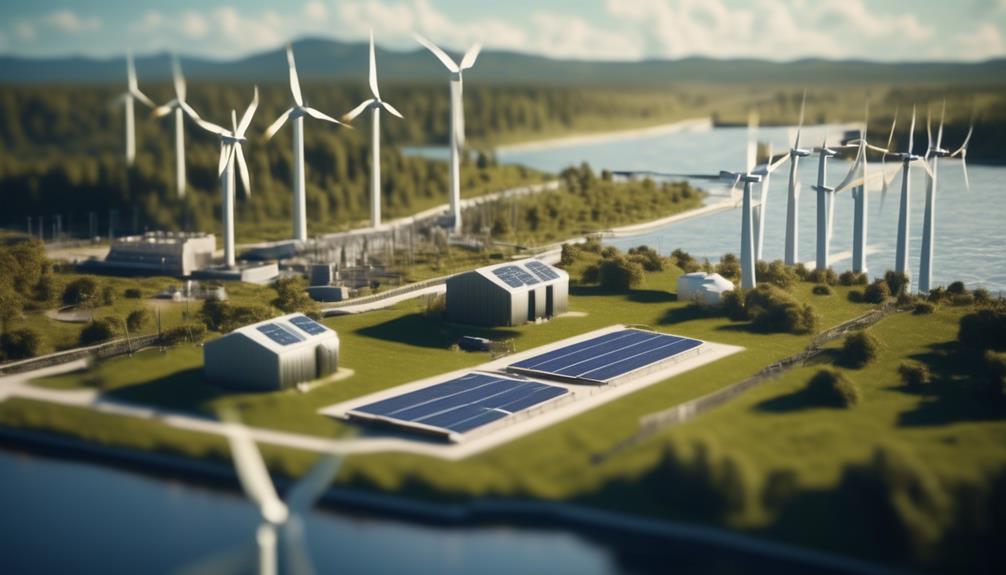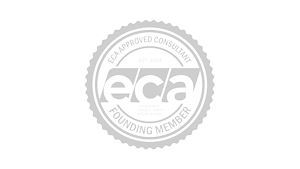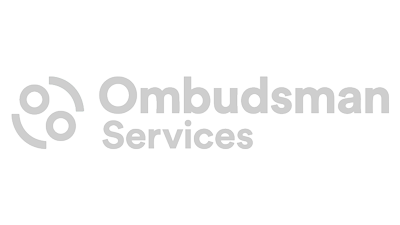In the rapidly evolving and budget-aware landscape of today’s businesses, mastering the nuances of energy management has become a crucial endeavour. You’re likely on a quest for actionable strategies to refine your organisation’s energy consumption while steering towards sustainability objectives. Navigating through the complexities of energy data, establishing benchmarks, and rolling out efficient management plans can often feel like a daunting task.
This guide is crafted with the understanding that improving energy efficiency is not just about cutting costs but also about contributing to a more sustainable future.
Drawing from years of expertise in the energy sector, this guide is meticulously designed to address the intricate challenges you face. It recognises the unique needs of businesses striving to optimise their energy use and lays out a tailored pathway to empowerment and success in this domain.
By engaging with this content, you’ll embark on a journey toward not only achieving operational efficiency and cost savings but also enhancing your organisation’s environmental stewardship. Feel assured, as the insights and tools provided here are poised to guide you through each step of enhancing your energy management practices, encouraging you to delve deeper into the transformative strategies ahead.
Assessing Current Energy Usage
How can an organisation effectively assess its current energy usage to identify opportunities for improvement and cost savings?
To begin the process of enhancing energy management practices, it is essential to review utility data access options. This can streamline the collection and analysis of energy usage data, providing valuable insights into consumption patterns.
Benchmarking is a useful tool in this phase, allowing for the comparison of energy performance and the identification of outliers that signify potential areas for improvement.
Exploring different data access methods, such as manual entry, consolidated billing, and electronic data interchange (EDI), is crucial to tailor the approach to the organisation’s specific needs and utility cooperation.
Additionally, the implementation of an Applied Energy Management SOP template can significantly streamline energy management processes.
Exploring Data Access Solutions
Exploring efficient methods for accessing utility data is essential for organisations seeking to streamline their energy management processes and identify opportunities for improvement and cost savings. By considering individual bills, consolidated billing, and electronic/web-based billing provided by utilities, organisations can reduce the time spent on data collection, enable consistent and timely data review, and identify energy and cost savings. Benchmarking and verification processes are also accelerated, allowing for the comparison of energy performance to a baseline and supporting continuous improvement efforts. The primary data access options include manual data entry, consolidated billing, and Electronic Data Interchange (EDI), each offering its own advantages for accessing utility data. When assessing utility data access options, organisations should consider future data-sharing practices, contact utility account representatives, implement consolidated billing or EDI if offered, and explore public-private partnerships for developing or supporting a data access solution.
| Data Access Options | Benefits | Considerations |
|---|---|---|
| Individual Bills | Detailed insight into | Time-consuming for |
| energy consumption and cost | large datasets | |
| Consolidated Billing | Reduced administrative | Compatibility with |
| burden, streamlined | utility and internal | |
| review processes | systems | |
| Electronic/Web-based | Timely and consistent data | Data security and |
| Billing | access, potential for | privacy concerns, |
| automated management tools | connectivity issues |
Evaluating Feasibility of Solutions
After exploring efficient methods for accessing utility data, the next step involves evaluating the feasibility of implementing these solutions within the organisational context.
Evaluating feasibility is crucial for streamlining organisational energy management. This assessment involves considering the potential impact on energy consumption and cost, as well as the practicality of integrating these solutions into the existing energy management program.
Organisations must assess the potential savings from energy and the overall impact on the organisation’s energy efficiency goals. It is important to thoroughly evaluate how these solutions align with the organisation’s energy management objectives and whether they can be effectively integrated into current operational processes.
Furthermore, the feasibility evaluation should include an assessment of the financial implications, including the initial investment required, potential return on investment, and long-term cost savings.
Implementing Chosen Data Access Solution
To effectively implement the chosen data access solution, organisations must carefully consider the operational and financial implications of each option in order to maximise energy management efficiency. When comparing manual data entry, consolidated billing, and electronic data interchange (EDI), it is evident that EDI offers the most efficient use of resources for managing energy consumption and cost. According to a Department of Energy (DOE) analysis, EDI reduces staff time, provides faster data receipt rates, and offers the highest data quality. To further illustrate the differences between these data access solutions, consider the following comparison:
| Data Access Solution | Level of Effort | Cost Implications | Reduction in Staff Time |
|---|---|---|---|
| Manual Data Entry | High | Moderate | Low |
| Consolidated Billing | Moderate | Low | Moderate |
| Electronic Data Interchange (EDI) | Low | High | High |
Continuous Process Improvement
Incorporating a systematic approach to identify and address operational inefficiencies is integral to achieving continuous process improvement within an organisation. Continuous Process Improvement involves ongoing efforts to enhance processes and procedures, focusing on identifying inefficiencies and implementing changes for better performance. This approach emphasises incremental and continuous enhancements rather than radical changes, aiming to streamline operations and optimise resource utilisation. It involves regular evaluation, feedback, and adjustment to achieve sustainable improvements.
- Embrace a mindset of constant evolution and growth in your energy management program.
- Regularly review the existing processes and procedures to identify areas for improvement.
- Implement a structured approach to make adjustments based on data and feedback.
- Continuously seek opportunities to improve your energy management program and streamline organisational energy management.


















